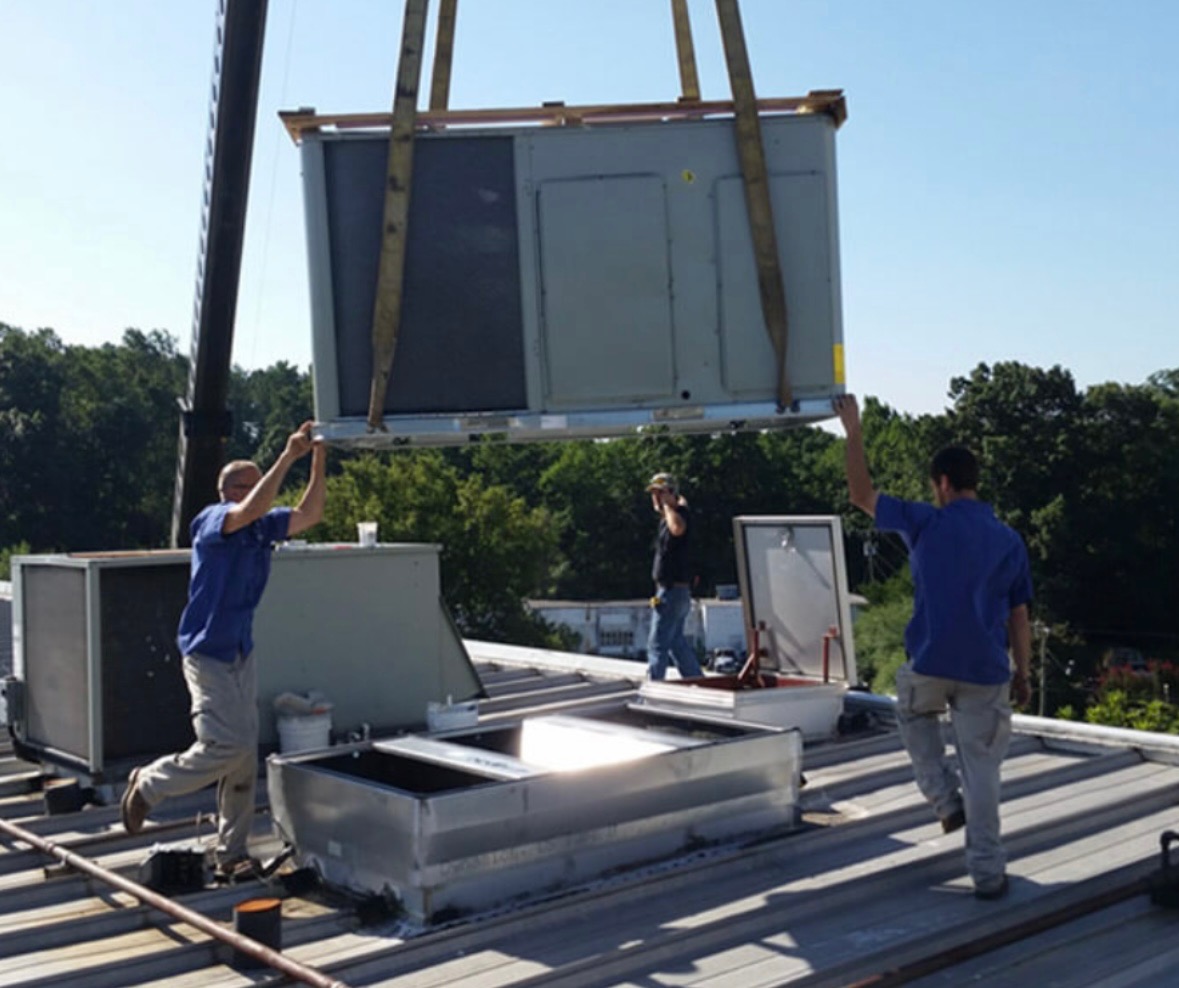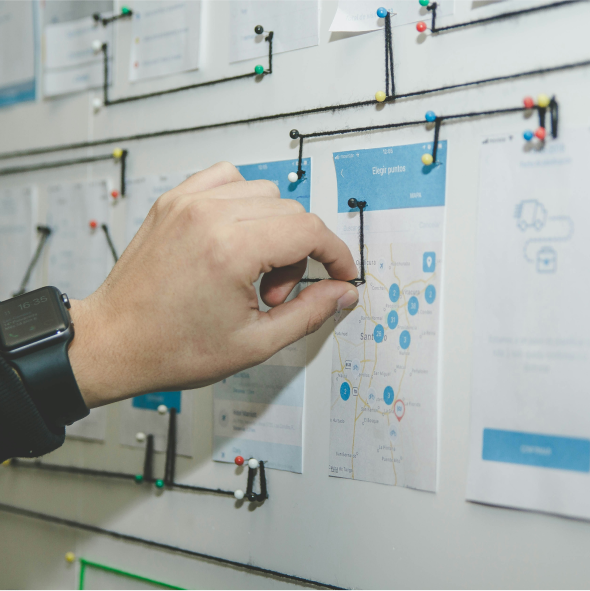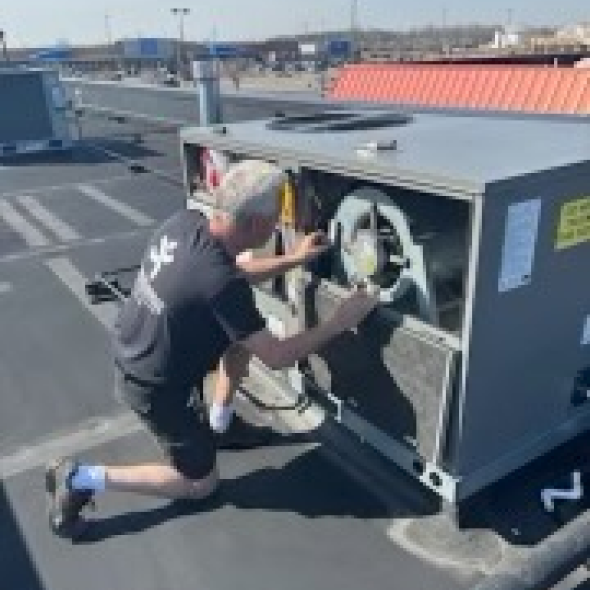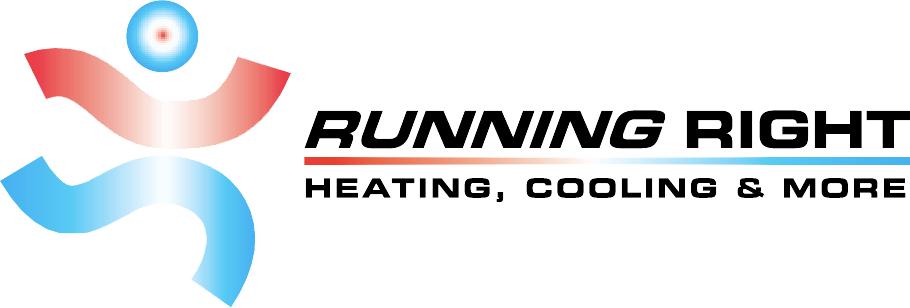
Commercial HVAC
Let’s explore the world of Commercial HVAC (Heating, Ventilation, and Air Conditioning) construction, installations, and replacements. Here’s a breakdown of the key aspects:
- Planning and Design
- Construction and Installation
- Evaluation and Testing
- Ongoing Maintenance and Service
Commercial HVAC Services:
Remember that a well-designed and properly installed HVAC system is crucial for maintaining comfort, energy efficiency, and productivity in commercial buildings. If you’re considering HVAC work for your commercial space, consult with experienced contractors to ensure a successful project.


Construction and Installation
Equipment Placement, Custom Fabrication, Controls, and Automation.

Evaluation and Testing
System Performance, Temperature and Air Quality, Load and Capacity.

Planning and Design:
- Floor Plans and Heat Load: During the planning phase, engineers and architects evaluate floor plans, occupancy rates, and the heat load generated by the building.
- Equipment Selection: Calculations are made for heating, cooling, and airflow requirements. The type of HVAC equipment (such as air conditioners, heat pumps, or rooftop units) is selected.
- Custom Fabrication: Uneven heating or cooling, Strange noises (clanking, buzzing, etc.), Reduced airflow, Frequent cycling.
- Floor Plans and Heat Load: During the planning phase, engineers and architects evaluate floor plans, occupancy rates, and the heat load generated by the building.
- Equipment Selection: Calculations are made for heating, cooling, and airflow requirements. The type of HVAC equipment (such as air conditioners, heat pumps, or rooftop units) is selected.
- Custom Fabrication: Uneven heating or cooling, Strange noises (clanking, buzzing, etc.), Reduced airflow, Frequent cycling.
Construction and Installation
- Equipment Placement: HVAC units are installed on the facility’s roof or other designated areas.
- Custom Fabrication: If needed, custom fabrication is done for support structures, piping, and ductwork.
- Controls and Automation: Controls, thermostats, and automated systems are installed to regulate temperature and airflow.
- Equipment Placement: HVAC units are installed on the facility’s roof or other designated areas.
- Custom Fabrication: If needed, custom fabrication is done for support structures, piping, and ductwork.
- Controls and Automation: Controls, thermostats, and automated systems are installed to regulate temperature and airflow.
Evaluation and Testing
- System Performance: HVAC systems are evaluated by testing airflow, checking for leaks, and measuring pressure.
- Temperature and Air Quality: Output, temperature changes, and indoor air quality are assessed.
- Load and Capacity: Energy use is compared to system efficiency in heating, cooling, and air movement.
- System Performance: HVAC systems are evaluated by testing airflow, checking for leaks, and measuring pressure.
- Temperature and Air Quality: Output, temperature changes, and indoor air quality are assessed.
- Load and Capacity: Energy use is compared to system efficiency in heating, cooling, and air movement.
Ongoing Maintenance and Service
- Expert Technicians: Skilled HVAC technicians to ensure smooth operation.
- Regular Maintenance: Scheduled maintenance keeps the equipment running efficiently and prolongs its lifespan.
- Expert Technicians: Skilled HVAC technicians to ensure smooth operation.
- Regular Maintenance: Scheduled maintenance keeps the equipment running efficiently and prolongs its lifespan.
Sign up to our newsletter
Sign up for our newsletter to receive the latest HVAC tips, special offers, and updates directly to your inbox.





